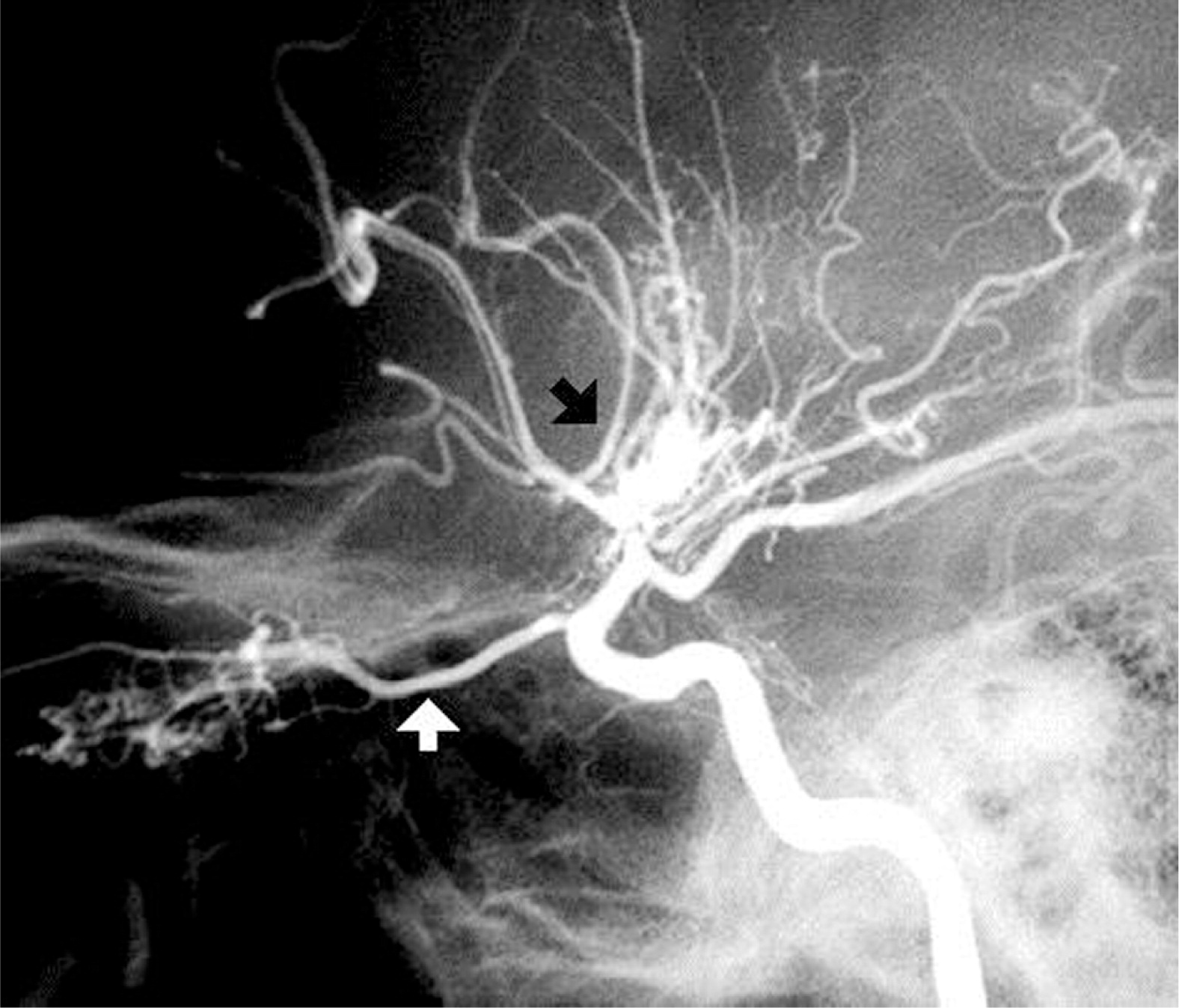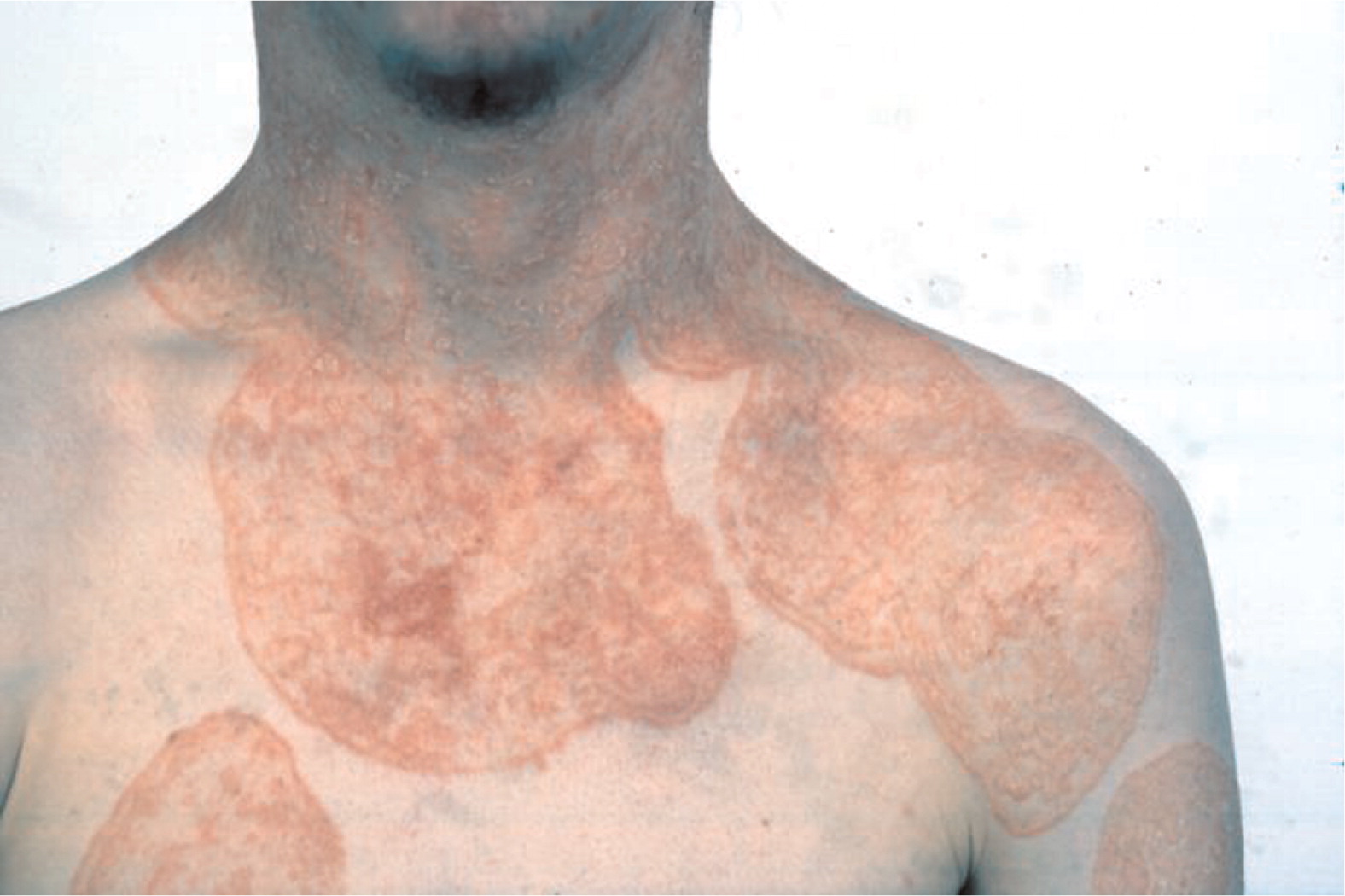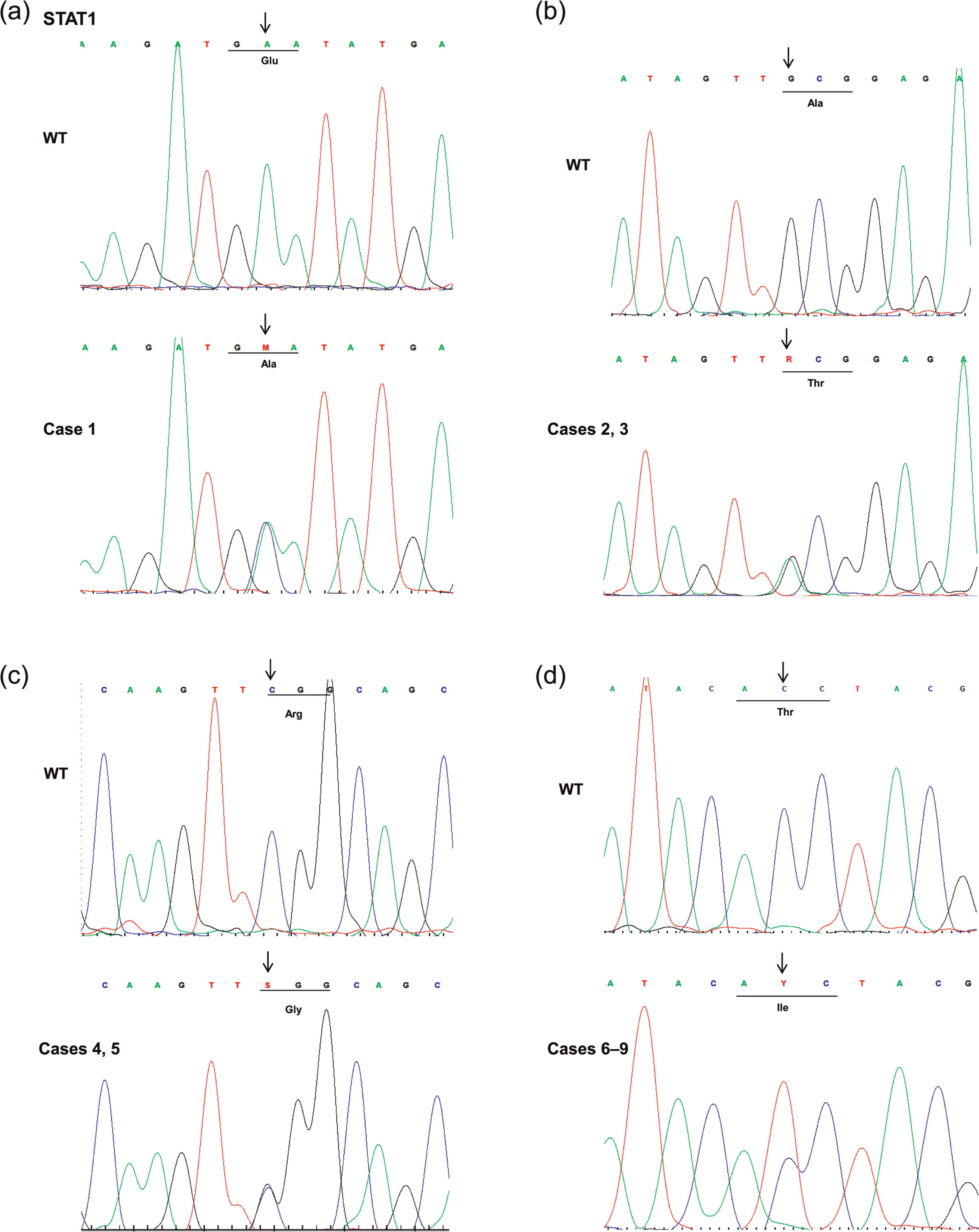Clinical manifestations associated with novel mutations in the coiled-coil domain of STAT1
Abstract
Introduction
Methods
Flow cytometry
Serum concentration of immunoglobulin and specific antibodies
T- and B-cell proliferative response
Sequencing analysis
Results
Patients
Case 1, Family 1

Case 2, Family 2

Case 3, Family 2
Case 4, Family 3
Case 5, Family 3
Cases 6–9, Family 4
Genetic analysis


Brain vascular anomalies in STAT1
Discussion
REFERENCES
Information & Authors
Information
Published In

History
Authors
Metrics & Citations
Metrics
Other Metrics
Citations
Cite As
Export Citations
If you have the appropriate software installed, you can download article citation data to the citation manager of your choice. Simply select your manager software from the list below and click Download.
Cited by
View Options
View options
Login options
Check if you access through your login credentials or your institution to get full access on this article.


